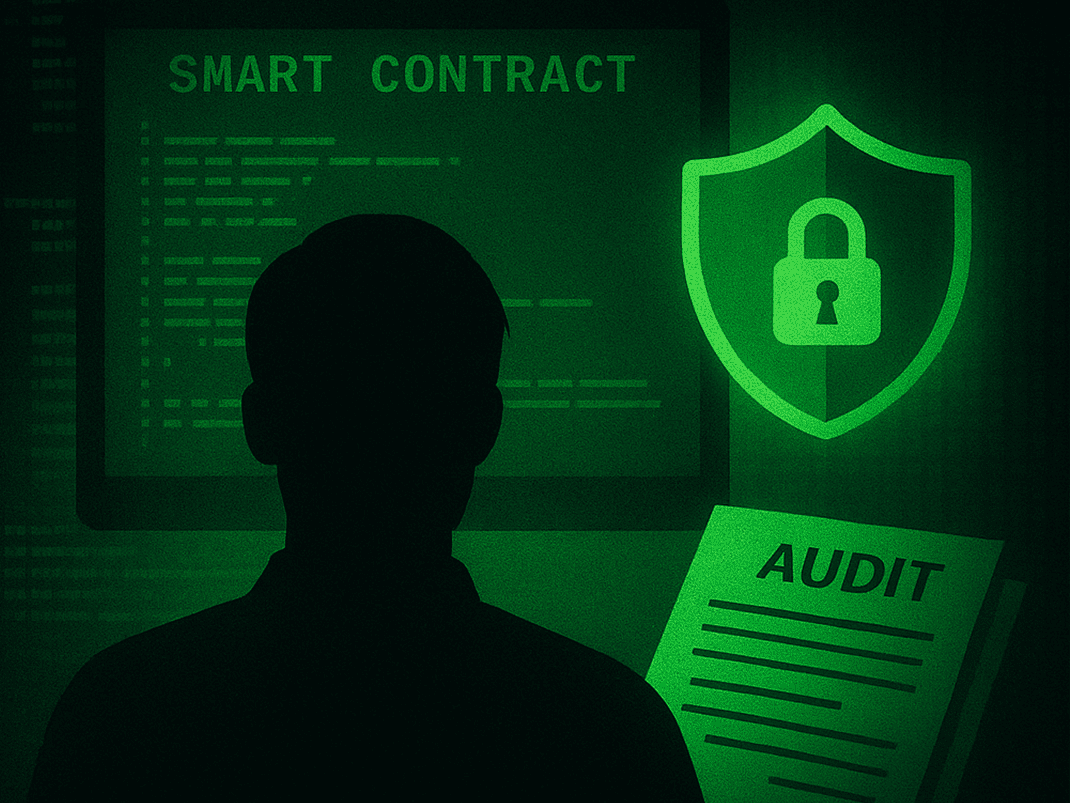GitHub Security Best Practices for Web3 Developers

Michael Zhang
Lead Security Engineer
Introduction
For Web3 developers, GitHub repositories are not just code storage—they're the foundation of trust in your project. Security vulnerabilities in your repository can lead to catastrophic consequences, from leaked private keys to compromised smart contracts. This guide covers essential security practices every blockchain developer should implement.
Preventing Secret Leaks
One of the most common and dangerous security issues in Web3 repositories is the accidental exposure of secrets. In January 2025 alone, our security team identified over 3,000 exposed private keys and API credentials in public blockchain repositories.
Implement Git Hooks
Pre-commit hooks can scan code for potential secrets before they're committed. Tools like git-secrets or Talisman can be configured to prevent commits containing API keys, private keys, or other sensitive information.
Use Environment Variables
Never hardcode sensitive information. Use environment variables and ensure your .env files are properly added to .gitignore.
Regular Auditing
Regularly audit your Git history for accidentally committed secrets. If found, consider these credentials compromised and rotate them immediately.
Dependency Management
Supply chain attacks have become increasingly common in the Web3 space. In March 2025, a popular Solidity library was compromised, affecting hundreds of downstream projects.
Lock Dependencies
Use lockfiles (package-lock.json, yarn.lock) to ensure consistent installations and prevent dependency confusion attacks.
Dependency Scanning
Implement automated dependency scanning to identify known vulnerabilities. GitHub's Dependabot or similar tools can alert you to security issues in your dependencies.
Minimize Dependencies
Each dependency increases your attack surface. Critically evaluate each package before adding it to your project.
Branch Protection
Protecting your main branches is crucial for maintaining code integrity.
Require Code Reviews
Enforce code reviews before merging to main branches. This provides an additional layer of security and helps catch potential issues.
Signed Commits
Require GPG signed commits to verify the authenticity of code changes.
CI/CD Security
Implement security scanning in your CI/CD pipeline, including static analysis, dependency checking, and contract-specific tools like Slither or Mythril for Solidity code.
Access Control
Carefully manage who has access to your repository and what permissions they have.
Principle of Least Privilege
Grant only the permissions necessary for team members to perform their roles.
Regular Access Reviews
Periodically review who has access to your repositories and revoke access for inactive contributors.
Use 2FA
Require two-factor authentication for all contributors to prevent account takeovers.
Conclusion
GitHub security is not a one-time setup but an ongoing process. Regular audits, staying informed about new threats, and maintaining a security-first mindset are essential for protecting your Web3 projects.
At Sentinel, we provide comprehensive security auditing services tailored to the unique needs of Web3 projects, helping to build a more secure and trustworthy ecosystem for all participants.


